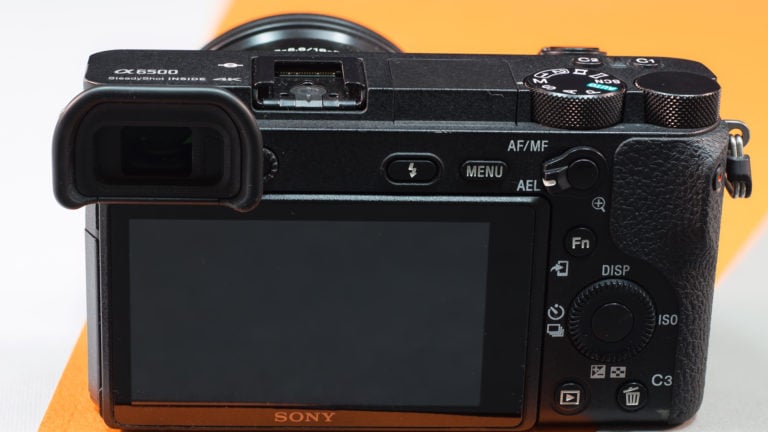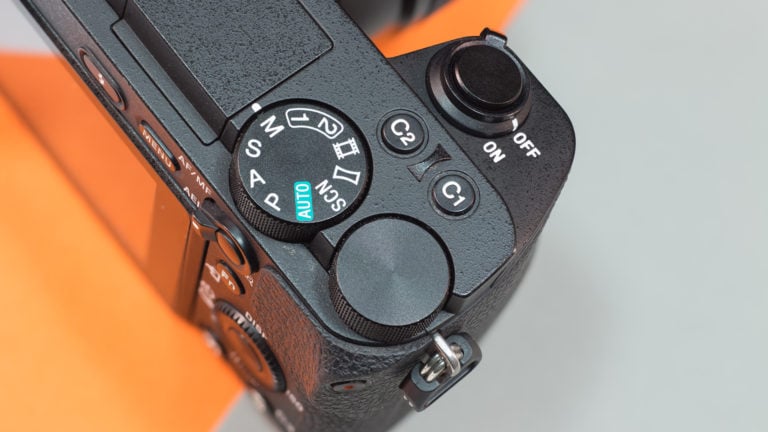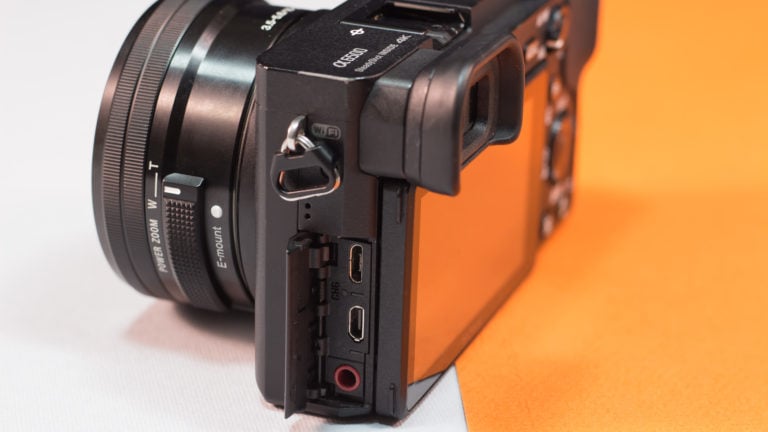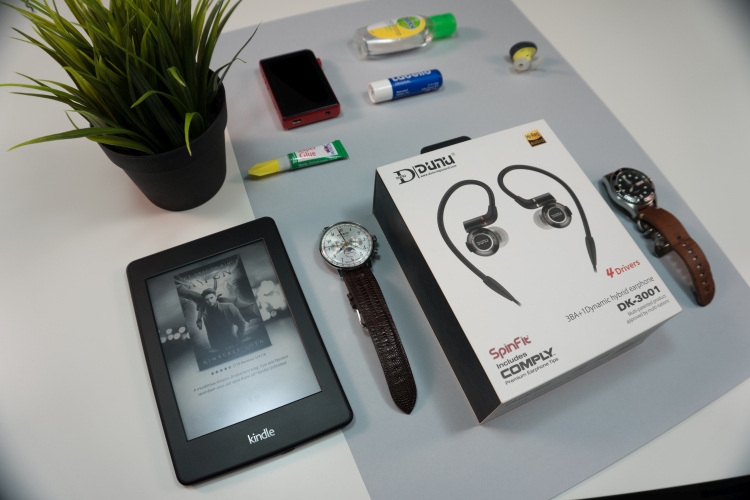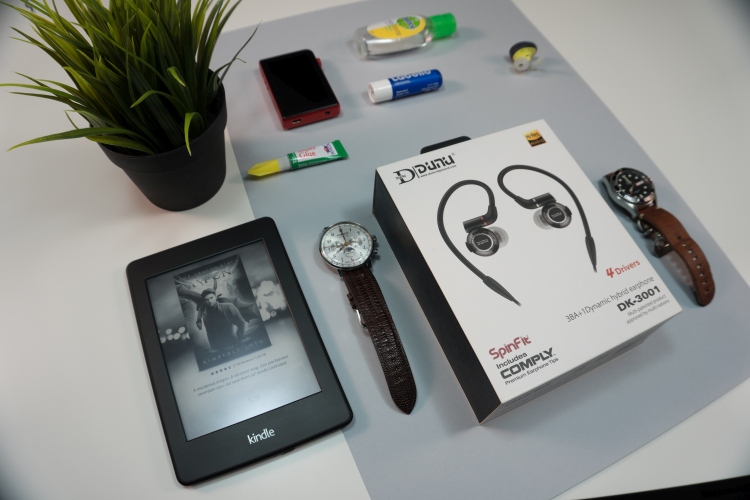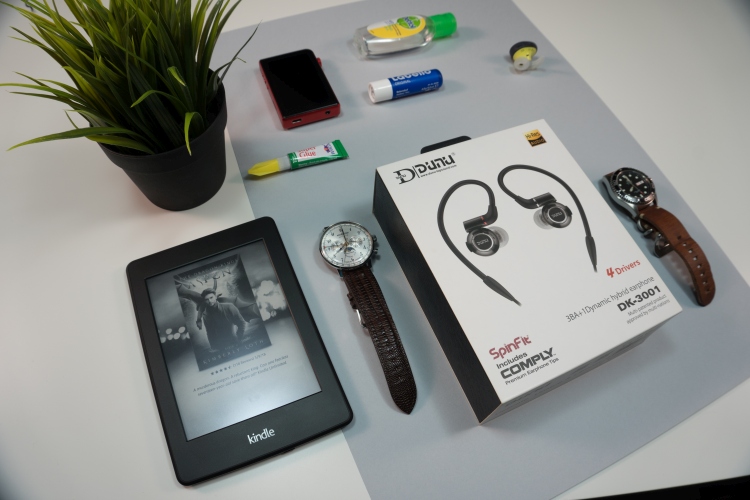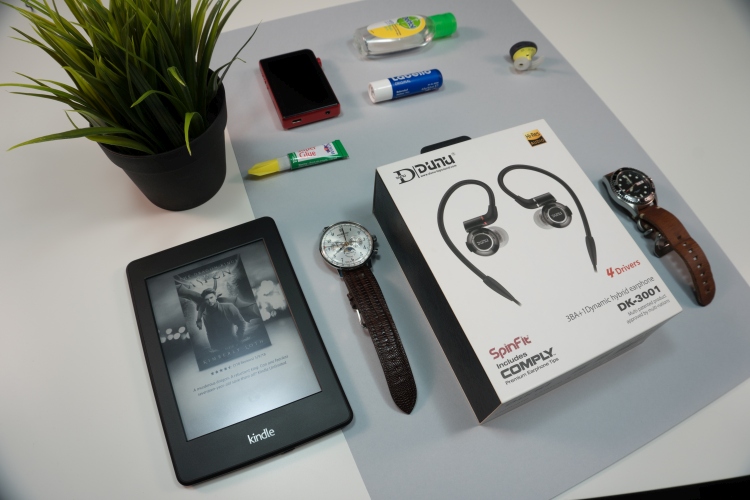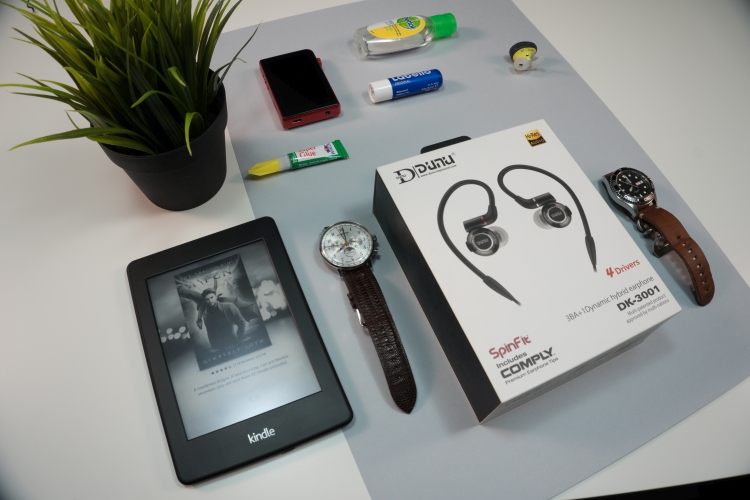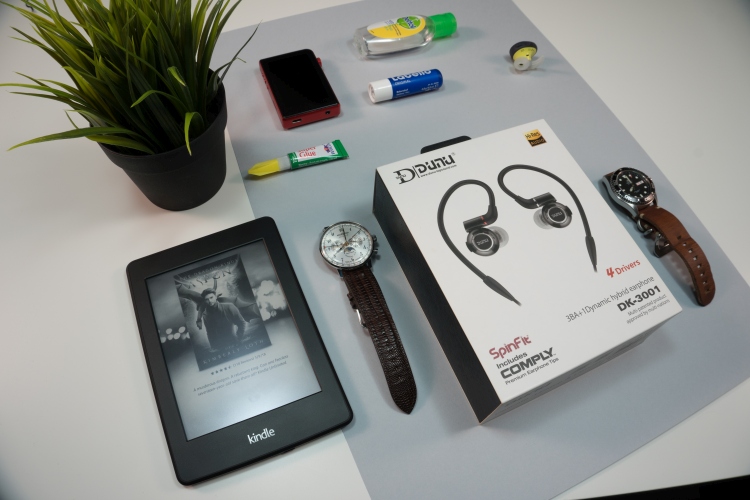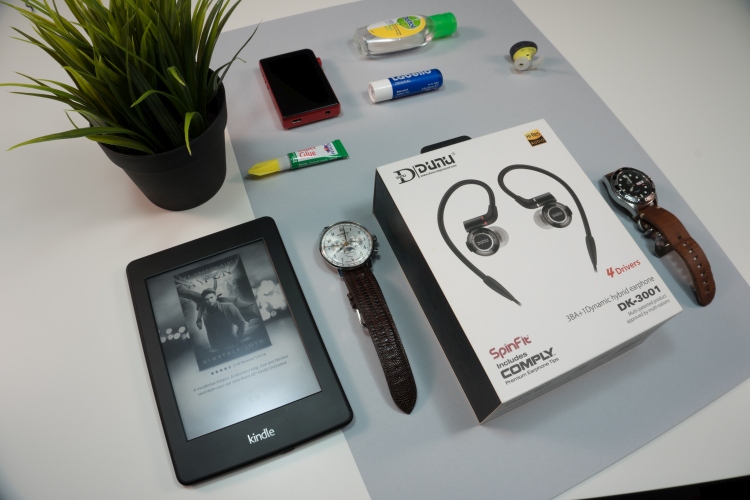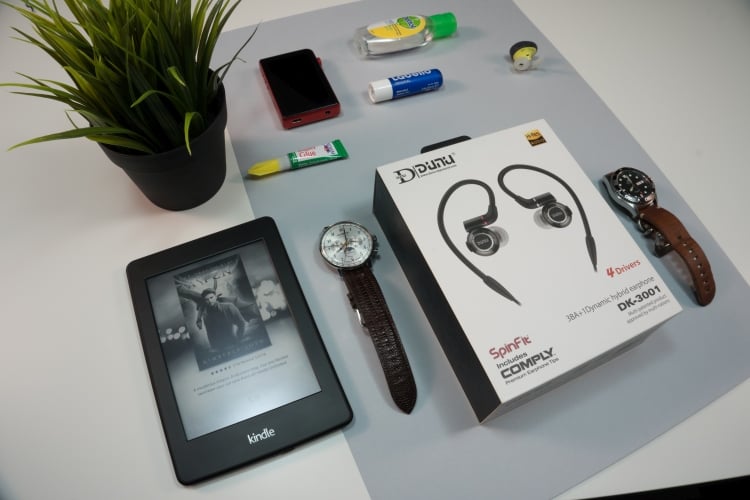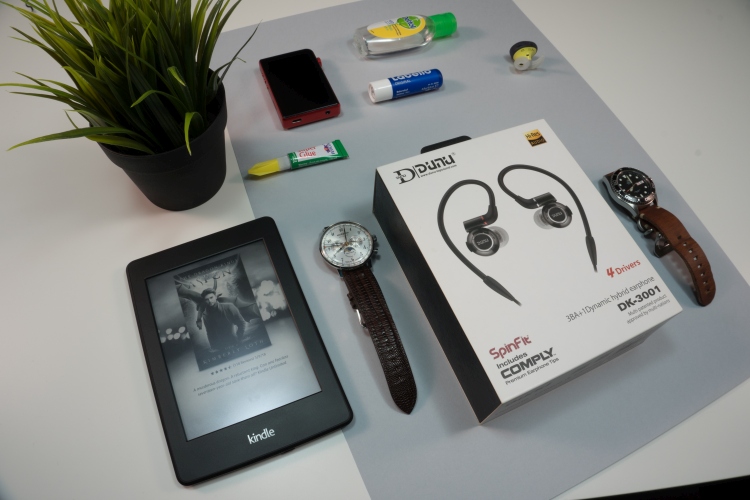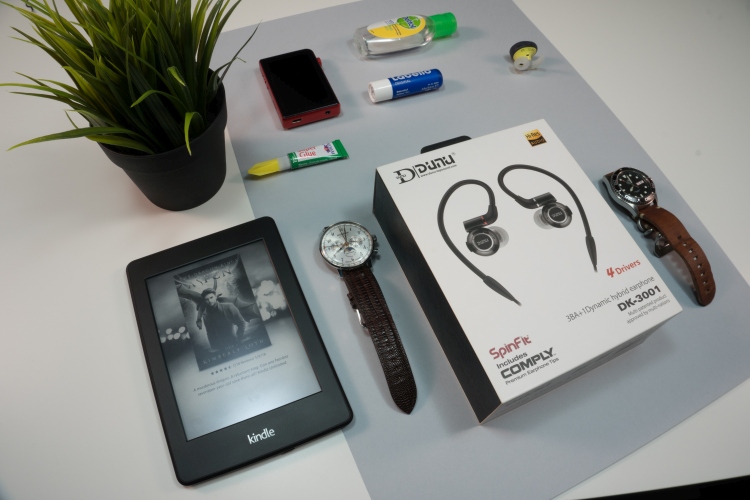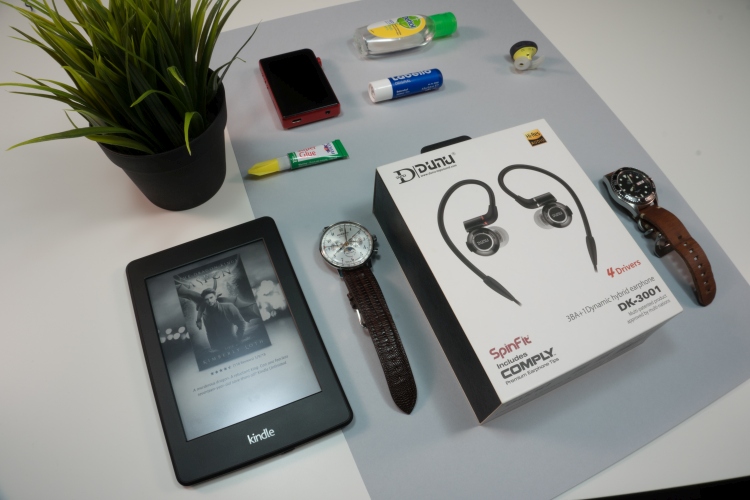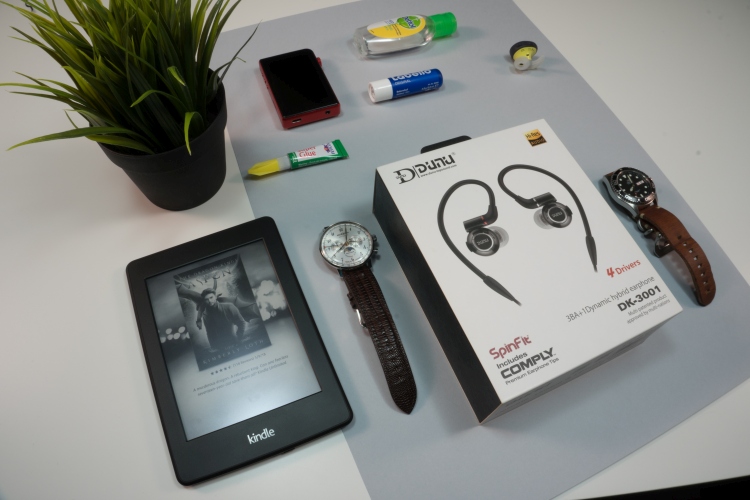
Specs
- Image resolution: 24.2MP (3:2)
- Video resolution: 4K (30p, 25p, 24p)
- Slow-motion: 120fps (1920×1080)
- Sensor: CMOS APS-C
- Viewfinder: Electronic
- ISO: 100 – 25600
- Shutter speed: 1/4000 – 30 seconds
- Burst shot: 11 fps
- Buffer size: 107 RAW, 200 JPEG, 307 JPEG (8fps)
- Autofocus: Hybrid contrast/phase detection
- Connectivity: WiFi, NFC, Bluetooth, Mic input,
- Weight: 453g (including battery)
- Battery life: 350 shots
Design
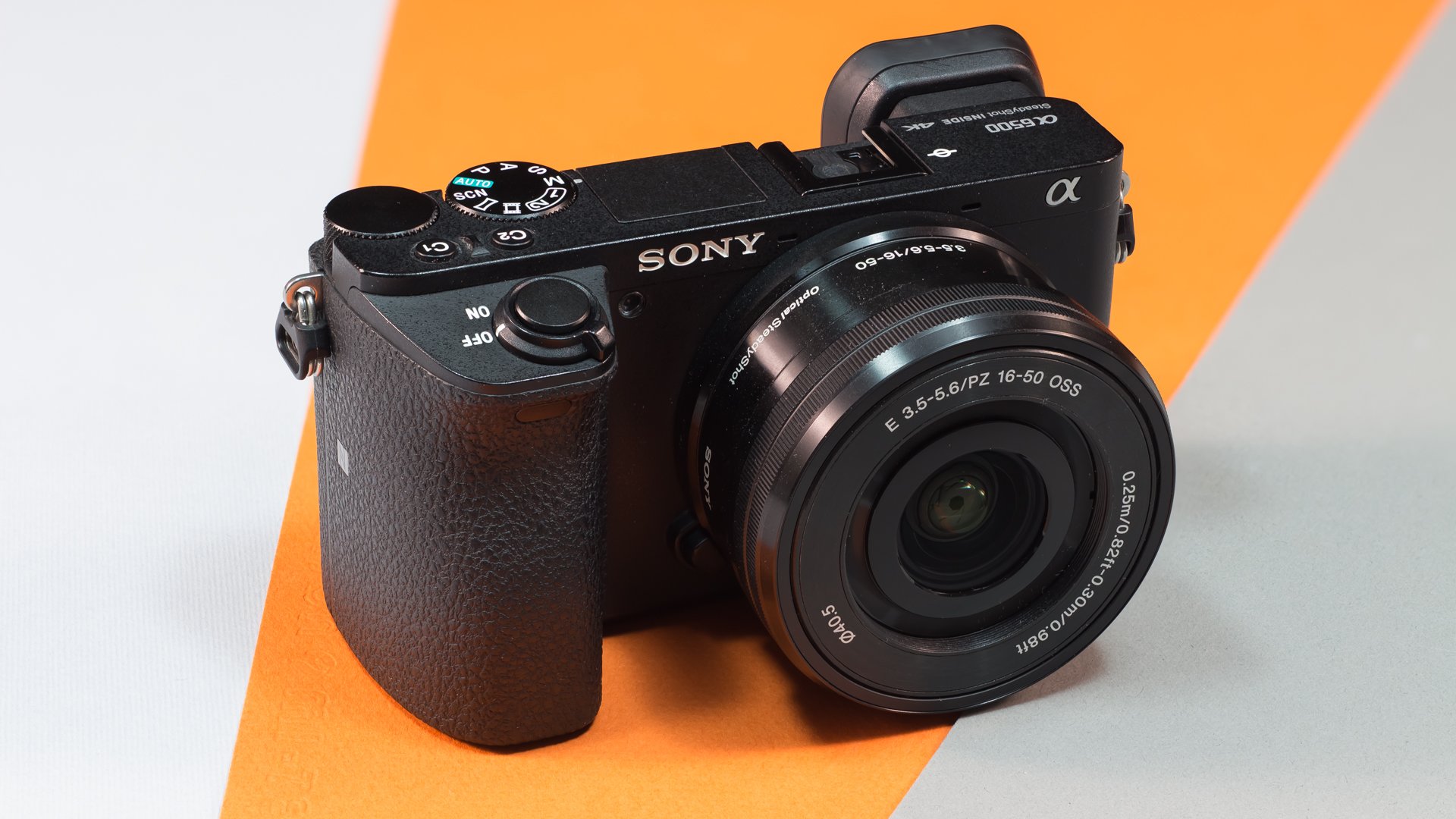
Overall the design seems very similar to that of its predecessor, the A6300, incorporating both metal (magnesium) for the main chassis, as well as plastic in other areas such as the buttons and battery door.
Ergonomically Sony did a pretty damn good job with the A6500. The camera feels very solid and well-built, albeit slightly on the heavy side. It isn’t as heavy as a DSLR, but due to the extremely compact size (relative to a DSLR), the weight can seem more substantial than what it really is.
In typical Sony fashion, you get quite a number of buttons and other controls. On the rear we get a 3″touch display, a diopter-adjustment dial for the electronic viewfinder, a flash pop-up button, Menu button, AF/MF/AEL switch, Function button, control wheel, centre selection button Delete/C3 button, and Playback button.

Along the top we get a power switch which also houses the shutter button, control dial, mode dial, C1 button, C2, button, pop-up flash, and a hot-shoe mount.
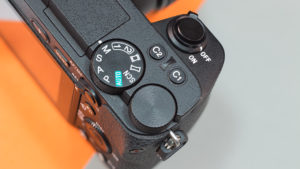
The right side (where you find the camera-grip) houses the NFC-chip as well as the dedicated movie recording button.
Over on the left side (near the touch display) are where all the ports are located. There’s a micro-HDMI port, a micro-USB port, as well as a MIC input jack.
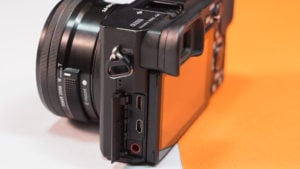
Features
If there’s one thing that pretty much every single person who uses the A6500 could agree on, it’s that the device is ridiculously feature-rich. For wireless communication we get both Bluetooth as well as WiFi connectivity, as well as a convenient one-touch NFC capability as well.
One of the most versatile features is the extensive list of supported framerates. The A6500 can not only shoot 4K, but it can also shoot 1080p at up to 120fps, giving a smooth 4x low motion playback at 30fps. One thing to note, though, is that the first time you go into the settings to change your framerates, you’ll very likely be stumped as to where on Earth you have to go to find the setting for 30fps-multiples, or 30fps itself.
The user manual, for whatever reason, doesn’t seem to actually explain the fact that you must first head to Setup settings and ensure that the system is set to NTCS rather than PAL. If PAL is selected, you will only see 25p and 50p options, not 24p, 30p, or 60p, and neither will you see any of the 30fps, 60fps, or 120fps options. It’s also worth noting that the A6500 would need to format the storage card when changing between PAL and NTSC
Another great bit of tech in the A6500 is a super sweet AF system. Honestly, Sony might as well have called it an AI AF system. It’s just quick, accurate, and reliable…damn near-perfection. There are a total of 425 phase-detect points in addition to 169 contrast-detect points. The rates AF speed for the A6500 is a blistering 0.05 seconds.
For still-shooting the A6500 has an incredibly useful buffer for burst shots. For both RAW and JPEG the A6500 can shoot at a maximum of 11fps, and the buffer will top out at 107 images in RAW, and 200 for JPEG at the same 11fps burst rate, or up to 307 JPEGs limited to 8fps. That’s friggin’ fantastic for anyone interested in using the A6500 for sport and wildlife photography, especially if we then also consider a maximum shutter speed of 1/4000 sec.
Sony also included a stabilization system which is entirely built into the body of the camera. As such, you don’t have to shell out extra cash for lenses that offer stabilization features…the A6500 has got you covered regardless of the lens.
One feature that must be mentioned is the astonishingly fast auto-focus. Combining a total of 425 phase-detection points and 169 contrast detection points, the A6500’s focusing speed is rated at a ridiculous 0.05 seconds. To put that into perspective, a typical Hummingbird can flap its wings a mere 4 times in the same time it takes the A6500 to focus. Or, if you were planning on using the A6500 to shoot some Formula 1 action, the fastest ever F1 car (modified 2005 BAR Honda BAR 007) wouldn’t even be able to travel and additional 6m (less than 20ft) at its top speed for the total auto-focus cycle of the A6500. Crazy!
Other features include HDMI output as well as an analogue input for an external microphone, a total of 3 buttons which can be used to assign customized functions to, and a 3-inch touch-screen. Oddly enough, the actual touch-screen functionality cannot be used within the menu options (i.e selecting menu items, etc.) and so you’d need to use the control-pad for this.
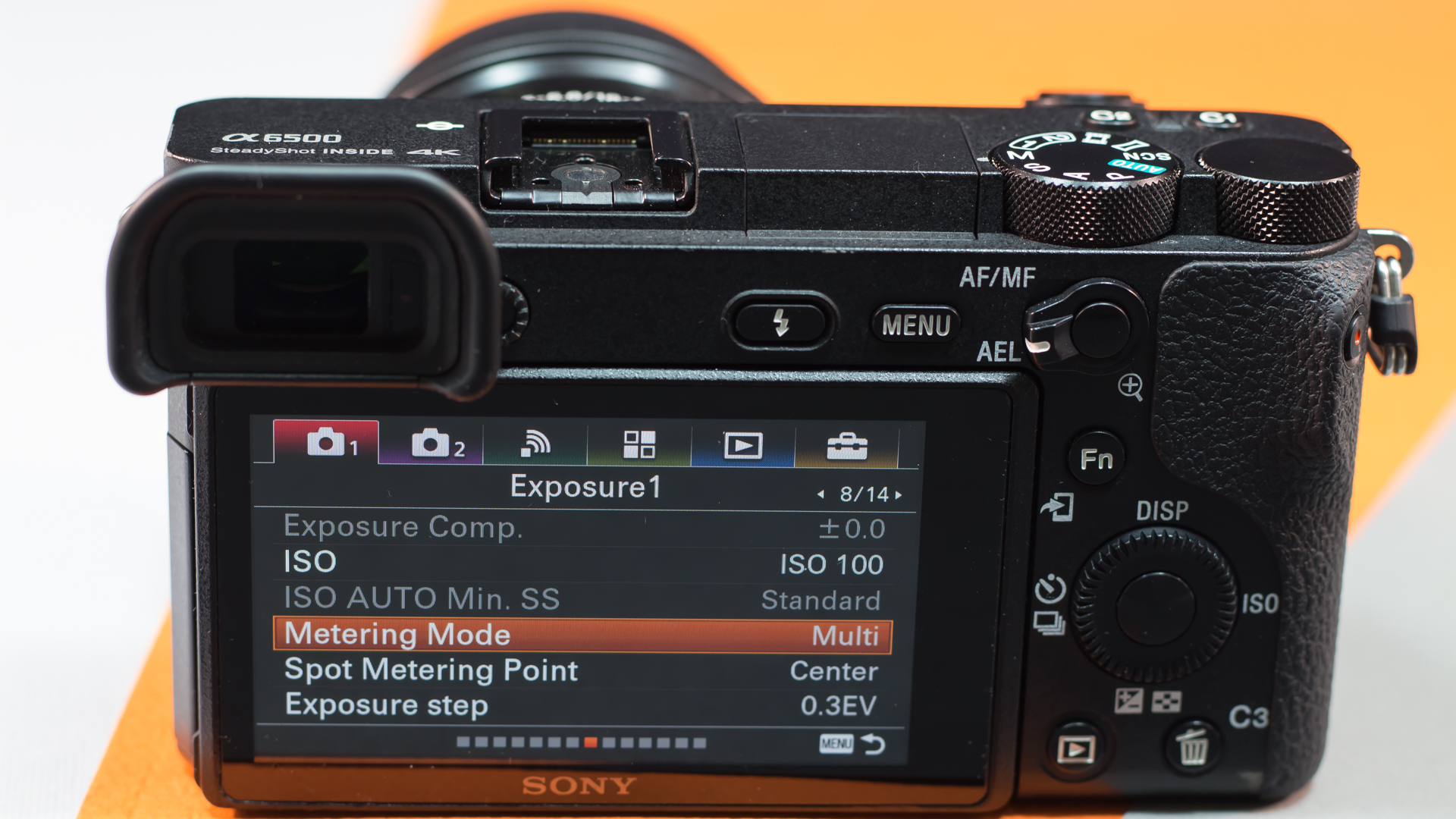
Really, there are so many features and settings packed into the A6500 that if I were to get into it all, I’d pretty much end up rewriting the user manual for you.
This can be a little bit of a problem, though, as such a sheer plethora of settings and options can be totally overwhelming if you’re new to the camera or digital cameras in general. Thankfully the UI is reasonably well laid-out and structured in such a way that it’s entirely possible to get used to things, but does involve quite a learning curve. If you’re familiar with similar Sony cameras, then you might just feel right at home. As opposed to the A6300, Sony did colour-code the menu structure this time, which does make things easier.
What I found quite odd, though, is just how limited the actual touch-functionality of the touch display really is. You can use it to adjust where the camera is focusing, and that’s pretty much it. For whatever reason, Sony decided that you should not be able to use it to interact with the rest of the UI (settings and options, etc) or to swipe through or zoom in/out on your photos. Quite strange.
The display also has very limited manoeuvrability, allowing you to only really pop it out and tilt it. There’s no flipping it out or twisting it around.
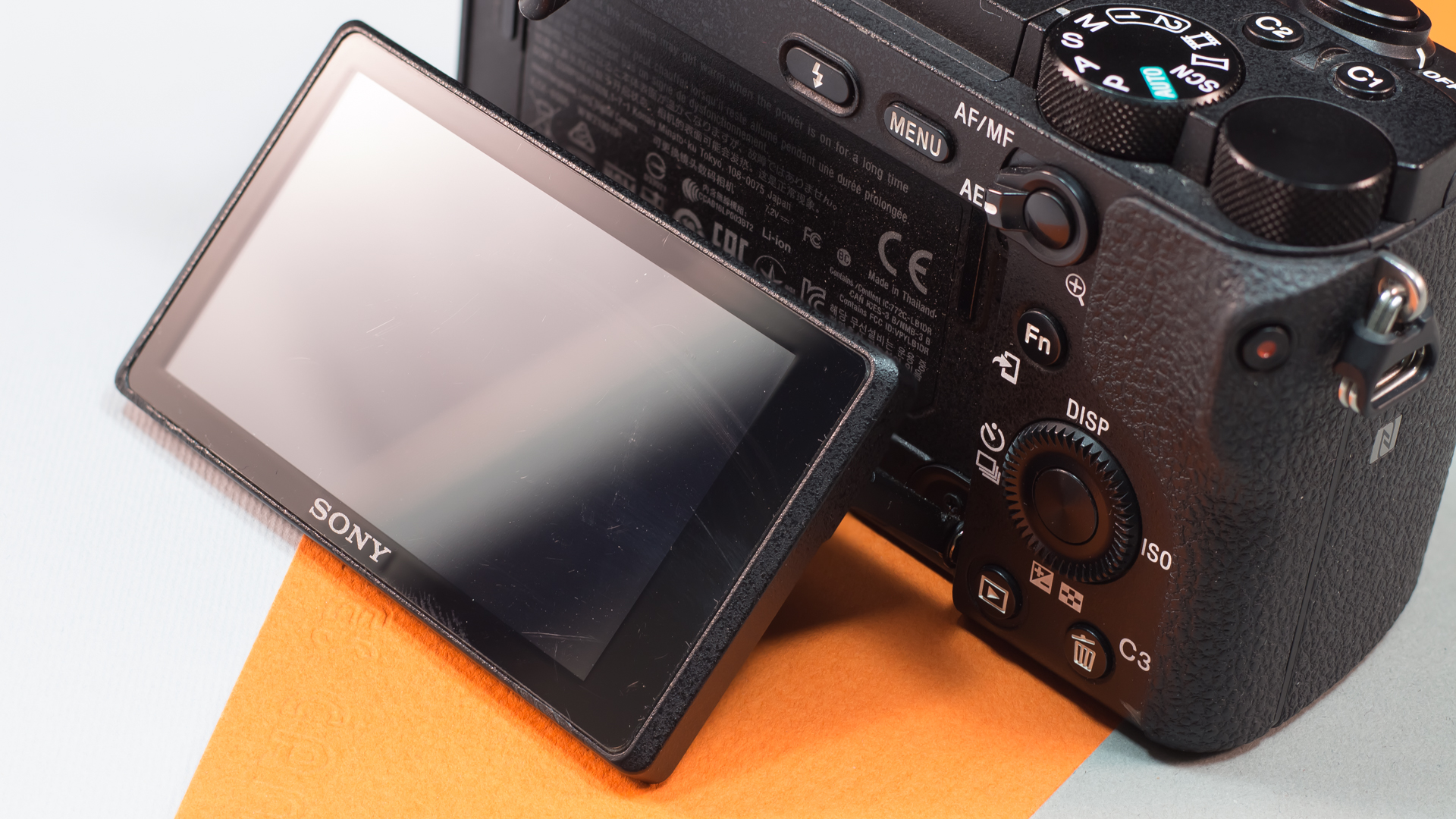
Picture Quality
For the following tests, keep in mind that these were conducted with the SELP1650 lens which Sony provided for the purpose of this review. The A6500 takes some really great images. Even just the in-camera processed JPEGs are really good.

Let’s take a look at how the A6500 performs with regards to varying the ISO settings.
The below images are cropped at 100%, and were all shot in both RAW (left) and JPEG (right), at an aperture of F/8.0 and shutter-speed adjusted accordingly to maintain even exposure.























From ISO 100 until 400 the JPEG images all look really great. Compared to the RAW images, the JPEGs do lose some dynamic range, but nothing overly dramatic. There’s some really good levels of detail retained.
Of course, RAW will always give you the highest amount of retained data, and above ISO 400 it’s best to go with RAW. However, for the average user who isn’t going to end up printing their images at super high scales, the JPEG performance is perfectly acceptable up to around ISO 1600.
Likewise, the A6500’s performance in RAW is also perfectly usable up to around ISO 3200, which is quite commendable. Above 3200 things get pretty noise, and I personally wouldn’t venture anything north of 6400.
One area I found to be lacking a bit is in how the A6500 calculated its “correct” exposure. Overall it tends to favour a darker exposure than what I would’ve manually selected without blowing out any of the highlights. Below is the “auto” exposure setting (ISO 100, F/3.5, 1/100th), and my preferred exposure on the right (ISO 100, F/3.5, 1/60th).

The A6500 also manages to get its auto WB pretty close to spot on. Below is the image with the A6500’s AWB, and to the right is a corrected WB (corrected in Lightroom and with the use of a Whibal G7 greycard)
In Lightroom it was revealed that the AWB had just an ever so slight magenta tint. The original had a tint of -9, whereas the corrected version ended up with a tint of -11. The colour temperature was identical though, so the A6500 performs really great here.
The last aspect I wanted to check out was to see how the SELP1650 lens performs in terms of aperture. The images below show the effect of changing the aperture between f/3.5 and f/22 at ISO 100 and focal-length of 16mm whilst adjusting the shutter-speed accordingly in order to maintain an even exposure.
Here we can see that the lens seems to perform best with minimal vignetting from f/6.3 until f/9.0.
Luckily, thanks to Lightroom’s ability to load lens profiles and correct various distortions, even the worst-case-scenario distortion at the widest end of the SELP1650 can be corrected with great results.
So, overall, the A6500 and SELP1650 combo works really well, and it gives you the ability to take some really nice shots indeed.
Value
The A6500 certainly is not exactly a “budget-friendly” products. At around $1300 for just the body, that’s quite bit of cash to dosh out. Then consider that you’d either need to buy an additional lens (MSRP $300 for the SELP1650), or you could just get an adapter and use one of your own Canon or Nikon lenses.
But, perhaps where the A6500 starts to really show its value is if we consider its compactness and extremely fast auto-focus. In this regard, it’s a fantastic product for sport scenarios. Heck, the A6500 is about as close as you’re gonna get to the full-frame A7 Mark II, but in a far more compact size.
Then we also need to take into account that built-in stabilisation feature. This is undeniably one of the most valuable features in any camera (if equipped) as that immediately means that you don’t need to pay extra for lenses that are equipped with some sort of image stabilisation. If you have more than 2 or 3 lenses, that cost “saving” already makes the price-tag of the A6500 seem more reasonable.
Another question that’ll pop-up is “should I get the new A6500, or the slightly older A6300?” This is a reasonable question as the A6300 can be found for around $400 less than the A6500. Which one you should go for will depend on your needs. From the looks of it, there are actually only a few, but potentially deal-breaking differences between the two. The first would be the greatly extended burst-shot buffer of the A6500. Where the A6300 can only manage a maximum of 44 extra-fine JPEGs, or 21 RAW images, the A6500 can manage around 5 times more in both cases. That’s a pretty darn big leap.
The other change is the built-in stabilisation.
So really, it comes down to this. If you already have the A6300, and you don’t find yourself often wanting or needing a much larger burst shot buffer and/or image stabilisation, then the A6500 probably wont be a justified upgrade for you. And likewise, if you’re planning on buying either one, consider if you need that expanded buffer or stabilisation. If not, save yourself the $400 or so and get the A6300.
But, if those 2 factors/features are important to you, the A6500 offers quite possibly the biggest bang-for-buck value out right now.


